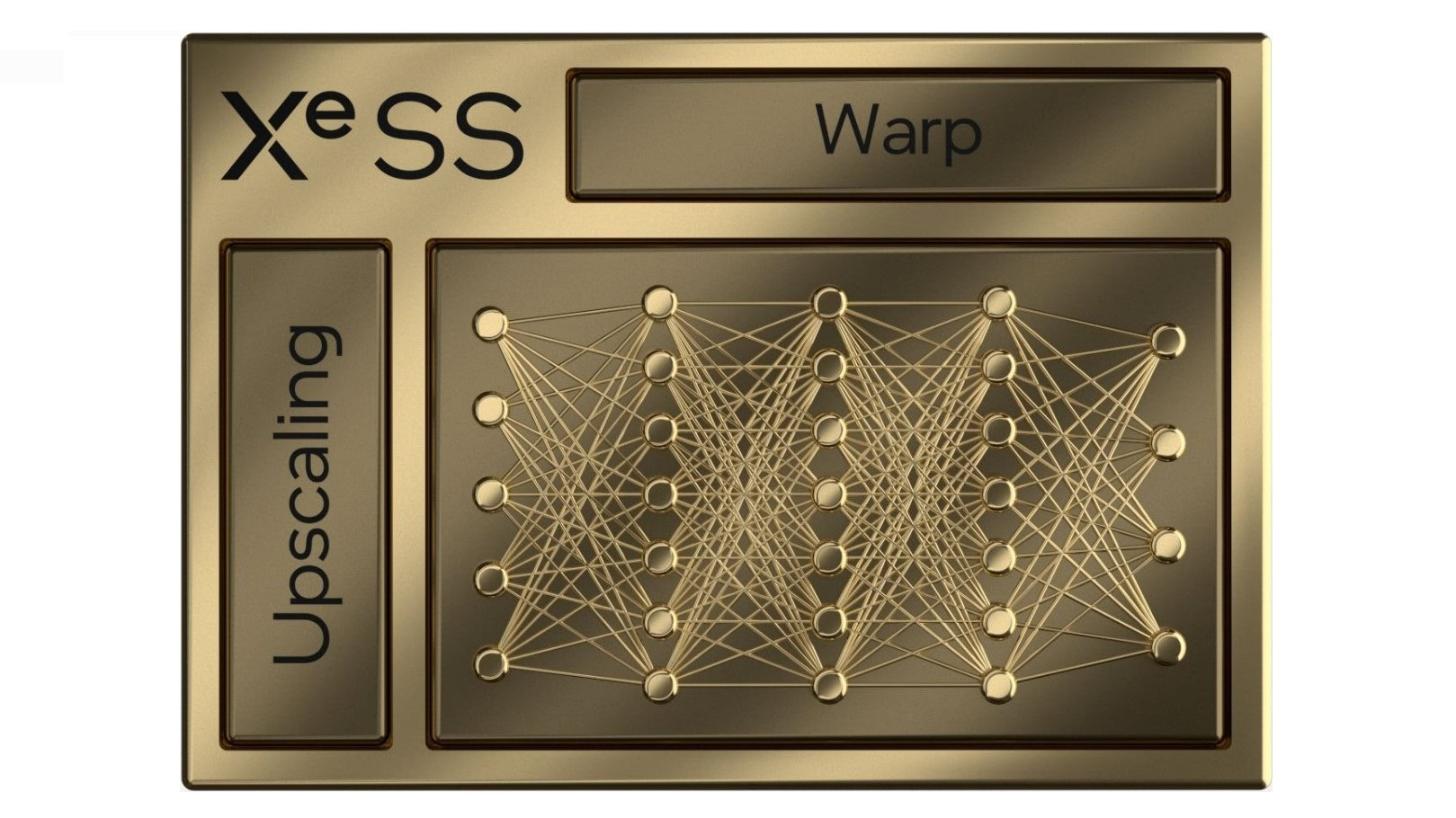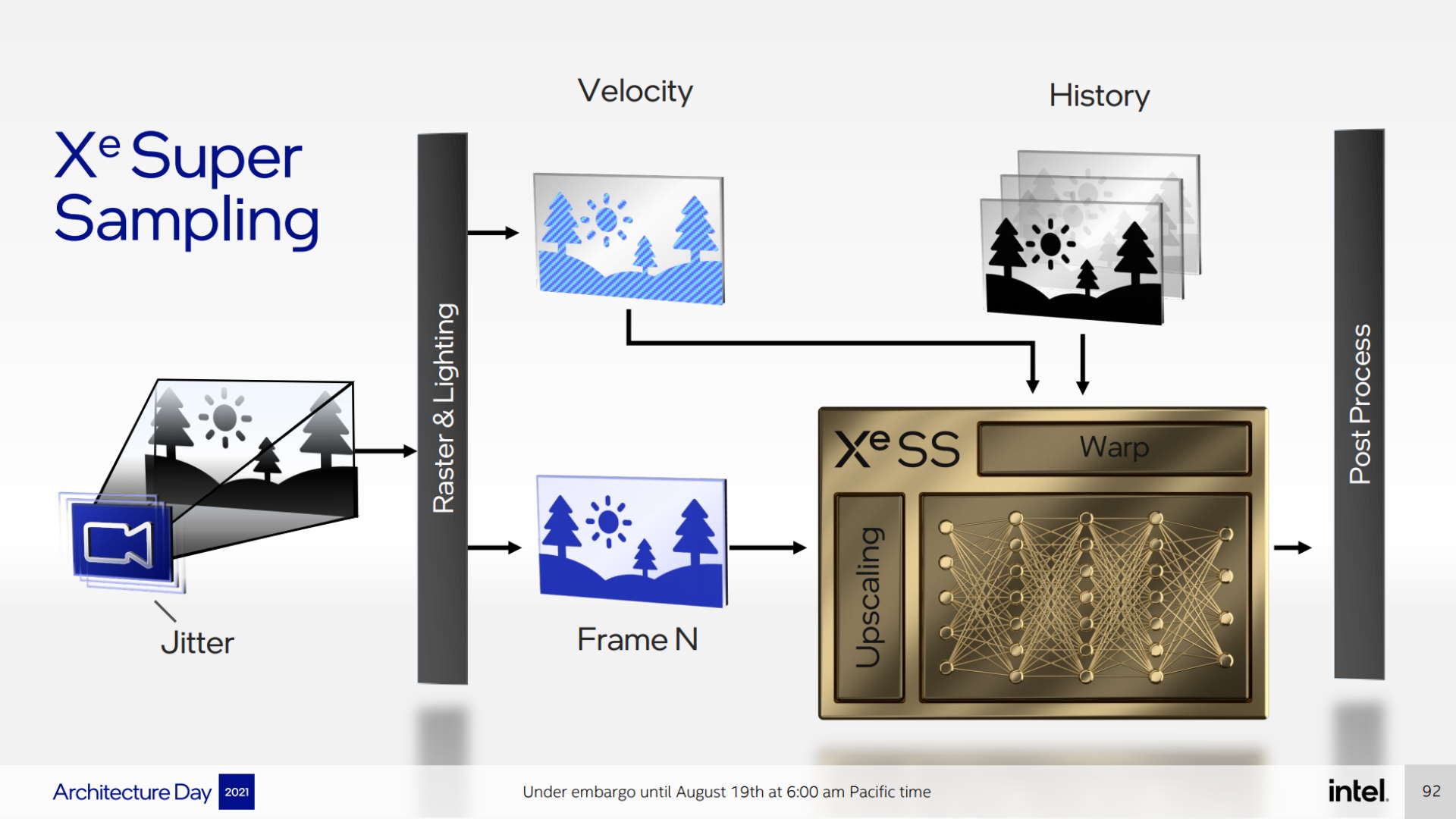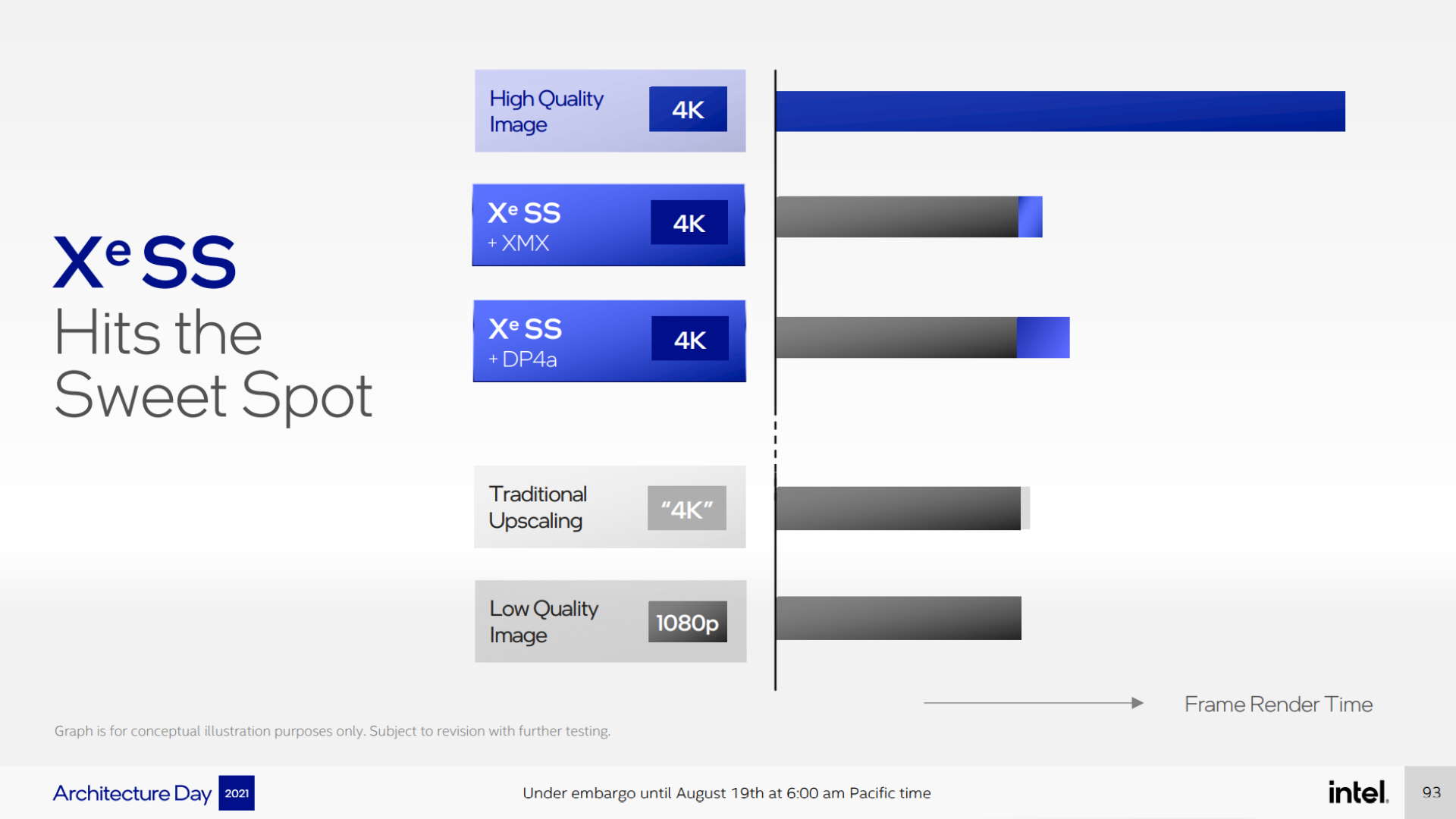Affiliate links on Android Authority may earn us a commission. Learn more.
What is Intel XeSS? Intel's answer to NVIDIA DLSS and AMD FSR explained

Intel has traditionally been a CPU maker, and has done more than its fair share of work on CPU hardware, as well as software implementations that work to enhance the performance of its hardware. It has also had integrated graphics processors in its CPUs, but it hasn’t been anything to write home about.
It now has a newfound focus on GPUs, including a new Xe GPU architecture, and its own brand of image supersampling and upscaling technology to go with the hardware — XeSS. Intel XeSS, short for Intel Xe Super Sampling, is Intel’s answer to NVIDIA DLSS and AMD FSR.
Also read: What is NVIDIA DLSS? NVIDIA Deep Learning Super Sampling explained
What is Intel XeSS and how does it work?
Intel XeSS, or Intel Xe Super Sampling, is an image upscaling technology that uses both spatial and temporal data, and relies on artificial intelligence to do it. Supersampling is an anti-aliasing technology that takes color samples of the pixels in an image at different instances. It then uses this color data and renders the image at a much higher resolution.
Supersampling has an advantage over the traditional anti-aliasing methods, providing a much better quality high-resolution image, with fewer apparent jagged edges and other artifacts that usually come with upscaling an image.
Intel XeSS uses a combination of spatial and temporal data, i.e. both image data and motion data, with respect to time to produce the output image. Like DLSS, it passes this data through a trained neural network, harnessing machine learning and artificial intelligence to improve image quality.

Intel is making XeSS use its new XMX matrix math units present in its new Xe-HPG graphics processors to do the heavy lifting for the AI processing on the hardware end. However, it also has a version of XeSS in the pipeline, which won’t rely on these units. This version will use the 4-element vector dot product (DP4a) instruction, which has wider support, making XeSS not limited to the latest Intel hardware.

Intel says you’ll get up to a 2x performance boost with Intel XeSS. It also says that it will let systems with weaker hardware, limited to 1080p resolution and low settings, run games at 4K.
Also read: NVIDIA GPU guide: All NVIDIA GPUs explained, and the best NVIDIA GPU for you
Intel XeSS vs NVIDIA DLSS 2.0 vs AMD FSR
Intel’s implementation is similar to NVIDIA DLSS 2.0. Both have a similar approach to supersampling. Intel XeSS uses spatial data, which is the data from the surrounding pixels, as well as temporal data, which is the motion information from previous frames with regards to time. It then feeds this data to a neural network trained to upscale images, quite like NVIDIA DLSS does.
NVIDIA DLSS, however, requires newer NVIDIA hardware to work. On the other hand, Intel XeSS has two versions, as mentioned before. Intel is using its hardware elements to make a higher-end XeSS, but it’s not abandoning users with older hardware either. That sets it apart from NVIDIA DLSS, even though the DP4a version of XeSS won’t perform as well as the XMX version.
That’s also where Intel XeSS stands similar to AMD FSR. AMD FSR doesn’t require you to use AMD hardware. However, AMD FSR is also more of a run-of-the-mill spatial upscaling technology, and doesn’t use the hybrid approach that makes DLSS as good as it is. Intel XeSS sounds like the best of both worlds, and a balance between DLSS and FSR. We’re yet to get more details about real-world performance, but the demos do look great.
Intel also eventually plans on open-sourcing the XeSS SDK and tools.
Also read: What is AMD FidelityFX Super Resolution? AMD FSR explained
Intel XeSS supported GPUs and games
Intel XeSS is aiming at broad hardware support. The XMX version will support Intel Xe-HPG graphics processors. The DP4a version will support the Xe-LP GPU, as well as the discrete GPUs from the past. The technology is still new, and as such, there isn’t much to go on about supported games.
We got a custom Unreal Engine demo at the unveiling at Intel Architecture Day. Since then, Intel has put out a demo featuring Hitman 3, and The Riftbreaker, which are the two games confirmed to support Intel XeSS so far. It’s likely that a bunch of games will join the list, even though Intel is yet to announce any strategic partnerships with game developers.
Intel XeSS SDK launched in August 2021. XeSS itself is expected to launch with the Intel Arc GPUs, in Q1 2022. We can hope to see more demos and game support announcements in the coming weeks, as Intel gears up to launch its GPU lineup.
Stay tuned for more on Intel XeSS, PC graphics, and other relevant PC tech. In the meantime, check out these articles.